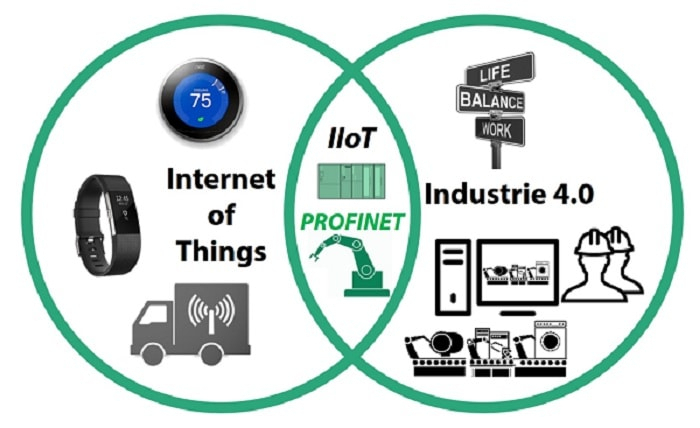Obtaining user consent in interconnected IoT ecosystems can be complex due to the involvement of multiple devices and stakeholders. However, organizations can implement strategies to ensure that user consent is obtained effectively. Here are some approaches to consider:
- Clear and Transparent Communication: Provide clear and easily understandable information about the purpose of data collection, the types of data being collected, and how it will be used within the interconnected IoT ecosystem. Use plain language without technical jargon to ensure users can make informed decisions about their consent.
- Granular Consent Options: Offer users granular control over their consent preferences. Instead of a one-size-fits-all approach, allow users to choose the specific types of data they are comfortable sharing and the purposes for which they grant consent. This can be achieved through preference settings or consent management interfaces.
- Opt-in and Opt-out Mechanisms: Implement mechanisms that allow users to explicitly opt-in or opt-out of data collection and usage. Default settings should prioritize user privacy, requiring users to actively provide consent before their data is shared or used. Make it easy for users to change their consent preferences at any time.
- Contextual Notifications: Provide contextual notifications to users when their data is being collected or shared within the IoT ecosystem. Notifications should be timely, concise, and presented in a manner that ensures users have a clear understanding of the data processing activities taking place.
- User-Friendly Consent Interfaces: Design consent interfaces that are user-friendly and intuitive. Ensure that users can easily navigate through the consent process, understand the available choices, and make informed decisions. Avoid complex or lengthy consent forms that may discourage users from engaging with the consent process.
- Education and Awareness: Educate users about the benefits of interconnected IoT ecosystems and the importance of their consent. Provide educational materials, FAQs, or user guides that explain the privacy implications and empower users to make informed decisions about their data.
- Privacy and Data Governance Policies: Establish robust privacy and data governance policies within the organization. Clearly define the processes and procedures for obtaining, managing, and revoking user consent. Ensure that all stakeholders within the IoT ecosystem adhere to these policies.
- Privacy Impact Assessments: Conduct privacy impact assessments to identify and address privacy risks associated with interconnected IoT ecosystems. Evaluate the potential impact on user privacy and ensure that privacy safeguards are in place to mitigate risks.
- Compliance with Regulations: Ensure compliance with relevant privacy regulations, such as the General Data Protection Regulation (GDPR) or other applicable data protection laws. Understand the legal requirements for obtaining user consent and implement necessary measures to meet those requirements.
- Regular Audits and Reviews: Conduct regular audits and reviews of consent management practices within the IoT ecosystem. Monitor and evaluate the effectiveness of consent mechanisms, address user concerns or complaints promptly, and continuously improve the consent process based on feedback and evolving privacy regulations.
By adopting these strategies, organizations can foster a privacy-centric approach within interconnected IoT ecosystems and ensure that user consent is obtained in a transparent and user-friendly manner. This helps build user trust and confidence in the handling of their data while complying with privacy regulations.
SHARE
